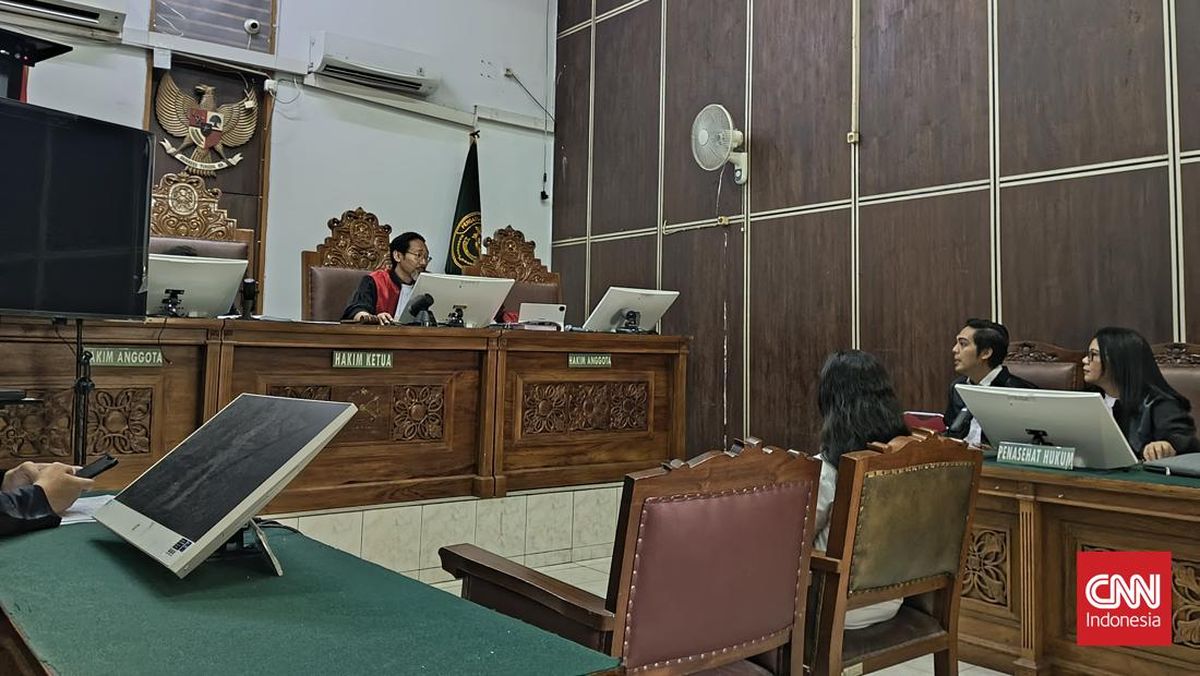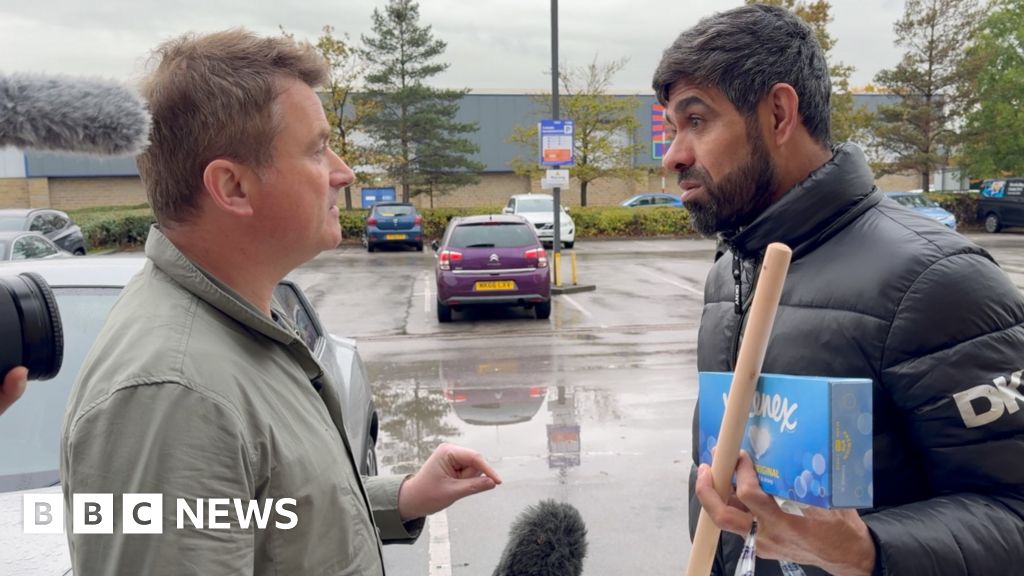As U.S. corporate profits rise and the stock market hits new highs, investors are reaping the rewards. Yet beneath the surge, companies have cut nearly 1 million jobs this year — the most since 2020, when the pandemic slammed the economy.
The disconnect between soaring company earnings and mounting layoffs amounts to what Chen Zhao, chief global strategist at investment research firm Alpine Macro, calls a "jobless boom." Typically, layoffs accelerate when companies are struggling with declining profitability and need to pare costs.
"We've never seen anything like that"
"This is something that is completely different from a historical playbook," Zhao told CBS News. "It's kind of odd to see Amazon laying off 30,000 people even though the profit is doing really, really well."
At the heart of the issue, Zhao said, is the rapid adoption of artificial intelligence, which is boosting business productivity across multiple industries and the economy at large, while also suppressing demand for workers. Although that trend has initially taken root in the technology sector, it is spreading to other industries as businesses adopt AI as a way to boost productivity and lower costs, he noted.
"You have a labor demand that basically has come down to probably 0% in terms of growth, maybe even a mild contraction, even though the economy is doing fine — profits are doing great," he said. "We've never seen anything like that."
For much of 2025, the job market was described by economists as "no hire, no fire," meaning an environment where workers could count on job security even as hiring around the U.S. cooled. But conditions have changed, and the Federal Reserve cut its benchmark interest rate in both September and October, citing increasing risks to employment growth and with Fed Chair Jerome Powell noting that policymakers are closely watching layoff announcements by big employers.
The Department of Labor's monthly employment report has been on hold since the government shutdown began on Oct. 1, which delayed September's labor market data and is likely to also postpone October's report. Still, economists are turning to other employment measures to assess the health of the labor market, such as data from payroll processor ADP.
By those metrics, job growth looks muted. ADP, which only tracks private-sector hiring, said Wednesday that private employers added 42,000 workers in October, a modest rebound after two months of subpar hiring.
"Employment is stagnating in the fall, according to data available during the shutdown," Bill Adams, chief economist for Comerica Bank, said in an email. "While private employment grew in October, overall employment was likely about flat in the month after accounting for federal layoffs, which aren't measured by ADP."
Why unemployment isn't spiking
The nation's unemployment rate has remained relatively low despite the shifting tides of slower hiring and more layoffs, experts have noted. The jobless rate stood at 4.3% in August, according to the most recent data available.
Unemployment has remained in check because the nation's labor pool is shrinking due to the retiring baby boom generation and lower immigration stemming from the Trump administration's tighter policies, Zhao said.
"You basically have a labor demand that is going nowhere, and labor supply going nowhere, too," he said. "So that creates a very odd equilibrium."
Not everyone thinks AI is driving the recent bout of layoffs. Instead, the job cuts are more likely due to businesses recalibrating their needs after the pandemic, when many employers expanded and may have overhired, said Art Pappas, the CEO of Bullhorn, a software company that works with recruitment and temporary agencies.
Companies feel more emboldened to cut workers now because it's easier to find new talent than during the pandemic, when the labor market was tighter, he said. Pappas also believes businesses that point to AI as a reason for layoffs are using it more as a buzzword.
"These companies announce layoffs and their stock goes up — it's a perverse incentive to announce layoffs," he noted.
But the change in the labor market is very real, with companies cutting back on hiring for entry-level jobs, Pappas said.
"People point to AI, and say, 'That's because AI is replacing entry-level jobs,'" he said. "I say, 'No, that's a sign companies aren't hiring, because companies do most of the hiring at the entry level'."
Edited by Alain Sherter


















































